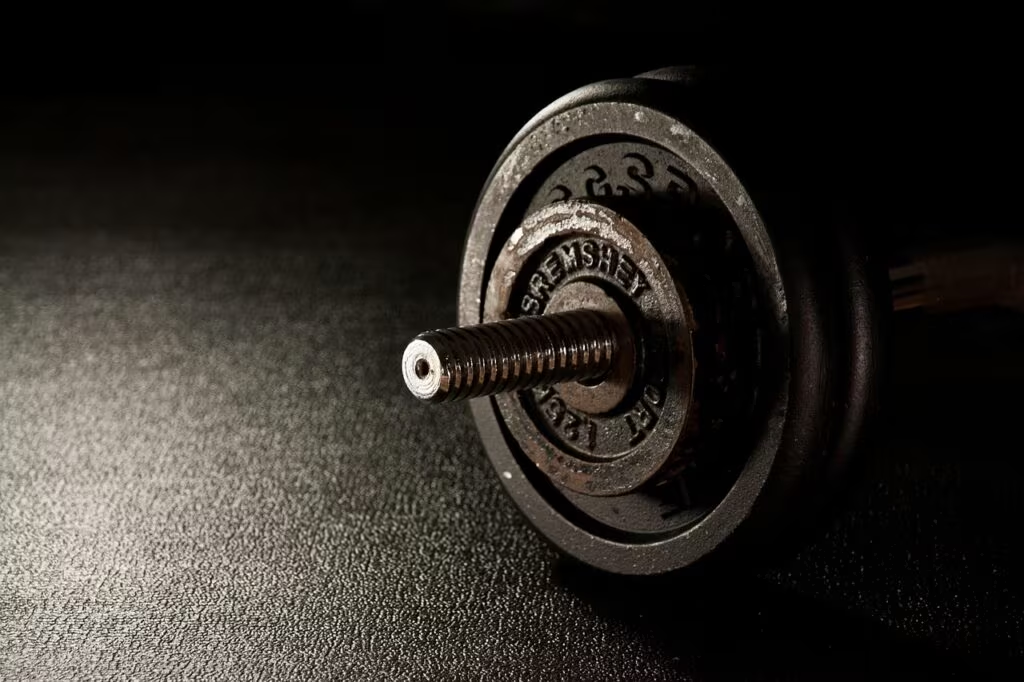The Doctor’s Top Recommendation: Prioritizing Resistance Training
For women navigating the physiological changes that accompany aging, particularly after age 50, fitness goals shift from purely aesthetic concerns to foundational health preservation. While cardiovascular exercise remains fundamentally important, medical professionals emphasize a different type of movement as the single most critical activity for long-term health: strength training, also known as resistance training.
This advice comes directly from medical experts who understand the unique health challenges faced by women in this demographic, including hormonal shifts following menopause, which accelerate bone and muscle loss. Given that heart disease remains the leading cause of death for women in the United States, maintaining a strong, functional body is paramount to overall longevity and quality of life.

The Medical Imperative: Why Strength Training Trumps Cardio Alone
The primary reason doctors champion strength training for women over 50 relates directly to two major age-related conditions: sarcopenia (the degenerative loss of skeletal muscle mass and strength) and osteoporosis (decreased bone density).
Combating Sarcopenia and Boosting Metabolism
After age 30, adults typically lose 3% to 8% of their muscle mass per decade, a rate that often accelerates post-menopause due to declining estrogen levels. Muscle tissue is metabolically active, meaning it burns calories even at rest. When muscle mass declines, the basal metabolic rate (BMR) slows down, making weight management significantly harder.
Strength training directly counteracts this decline. By challenging the muscles with resistance (weights, bands, or body weight), micro-tears occur, which the body repairs, resulting in stronger, denser muscle tissue.
- Preserves Muscle Mass: Directly fights sarcopenia, maintaining strength and functional independence.
- Increases Metabolism: Higher muscle mass means a higher BMR, aiding in weight control and reducing the risk of metabolic disorders like Type 2 diabetes.
Protecting Bone Density and Preventing Osteoporosis
Osteoporosis is a significant concern among older women. Estrogen plays a vital role in maintaining bone density, and its reduction during menopause dramatically increases the risk of fracture risk.
Resistance training provides the necessary mechanical stress, or load, on the bones. This stress signals the body to deposit more minerals, strengthening the bone structure. This process, known as the mechanostat principle, is the most effective non-pharmacological way to prevent and manage osteoporosis.
“Weight-bearing exercises, especially those involving resistance, are crucial. They don’t just strengthen muscles; they literally force the bones to become stronger, reducing the catastrophic risk of hip and spine fractures later in life,” note medical experts.
Supporting Cardiovascular and Functional Health
While traditional cardio exercises like walking or running are excellent for heart health, strength training offers complementary benefits. Improved muscle strength reduces the strain on the heart during everyday activities. Furthermore, maintaining core and leg strength is essential for balance and stability, drastically lowering the risk of falls—a leading cause of serious injury in older adults.
Practical Implementation: Starting Your Strength Journey
A doctor’s recommendation is only useful if it’s actionable. For women over 50 who may be new to resistance training, starting safely and consistently is key. The goal, aligned with general health guidelines, is two to three sessions per week, focusing on major muscle groups.

Key Principles for Safe and Effective Training
- Focus on Compound Movements: Exercises that work multiple joints and muscle groups simultaneously are the most efficient and effective for functional strength.
- Lower Body: Squats, lunges, step-ups, glute bridges.
- Upper Body: Push-ups (modified if necessary), rows (using dumbbells or bands), overhead presses.
- Core: Planks, bird-dogs.
- Prioritize Form Over Weight: Improper form is the fastest route to injury. Start with body weight or very light weights to master the movement pattern before increasing the load. Consider consulting a certified personal trainer for initial guidance.
- Ensure Progressive Overload: To continue gaining strength, the resistance must gradually increase. This means lifting heavier weights, increasing repetitions, or decreasing rest time over several weeks. The body adapts quickly, so consistency in challenging yourself is vital.
- Listen to Your Body: Joint pain is a signal to stop or modify the exercise. Muscle soreness (Delayed Onset Muscle Soreness, or DOMS) is normal; sharp, sudden pain is not.
Integrating Strength into Your Week
A typical effective schedule should ensure muscle groups have adequate time to recover (48 hours). A sample plan might look like this:
| Day | Activity Focus | Duration | Goal |
|---|---|---|---|
| Monday | Full Body Strength Session 1 | 45-60 min | Focus on compound lifts (squats, presses, rows) |
| Tuesday | Active Recovery / Cardio | 30 min | Brisk walking, light cycling, or swimming |
| Wednesday | Rest or Gentle Mobility | Variable | Stretching, yoga, foam rolling |
| Thursday | Full Body Strength Session 2 | 45-60 min | Focus on slightly different variations and core stability |
| Friday | Cardio (Higher Intensity) | 30-45 min | Running, interval training, or dance |
| Weekend | Leisure/Active Rest | Variable | Hiking, gardening, or complete rest |
Key Takeaways for Women Over 50
To maximize health and longevity, medical experts agree that strength training must be central to a fitness routine for women over 50. Here are the essential points:
- Strength Training is #1: It is the most effective tool to combat age-related muscle loss (sarcopenia) and bone density loss (osteoporosis).
- Metabolic Boost: Maintaining muscle mass helps keep the basal metabolic rate higher, aiding in weight management.
- Injury Prevention: Strong muscles and bones significantly reduce the risk of falls and fractures, preserving independence.
- Consistency is Crucial: Aim for at least two, preferably three, resistance training sessions per week.
- Start Simple: Begin with bodyweight exercises and resistance bands, focusing entirely on proper form before adding heavy weights.
Conclusion
The shift in fitness priorities for women over 50 reflects a deeper understanding of age-related physiology. While the heart health benefits of cardio are undeniable, the structural and metabolic benefits derived from strength training are non-negotiable for long-term health and vitality. By dedicating time to resistance work, women can proactively mitigate the risks associated with aging, ensuring they maintain strength, balance, and independence well into their later years. This doctor-recommended approach is not about building bulk; it is about building resilience.
What’s Next
If you are new to strength training, consider scheduling a consultation with a physical therapist or certified personal trainer. They can assess your current mobility and strength levels and design a personalized, safe program that addresses any pre-existing conditions, ensuring you build a sustainable routine that maximizes the benefits of resistance exercise in 2025 and beyond.
Original author: Ashley Mateo
Originally published: November 7, 2025
Editorial note: Our team reviewed and enhanced this coverage with AI-assisted tools and human editing to add helpful context while preserving verified facts and quotations from the original source.
We encourage you to consult the publisher above for the complete report and to reach out if you spot inaccuracies or compliance concerns.

